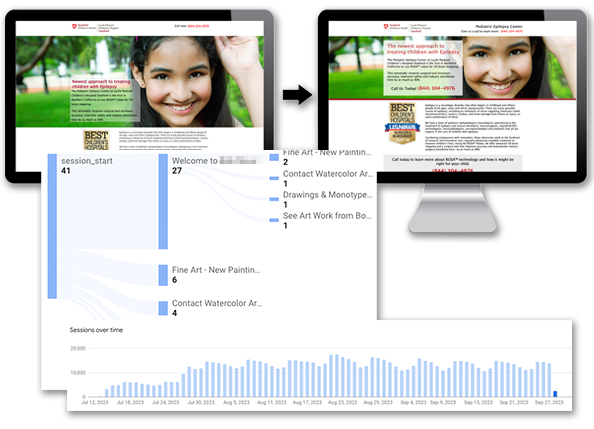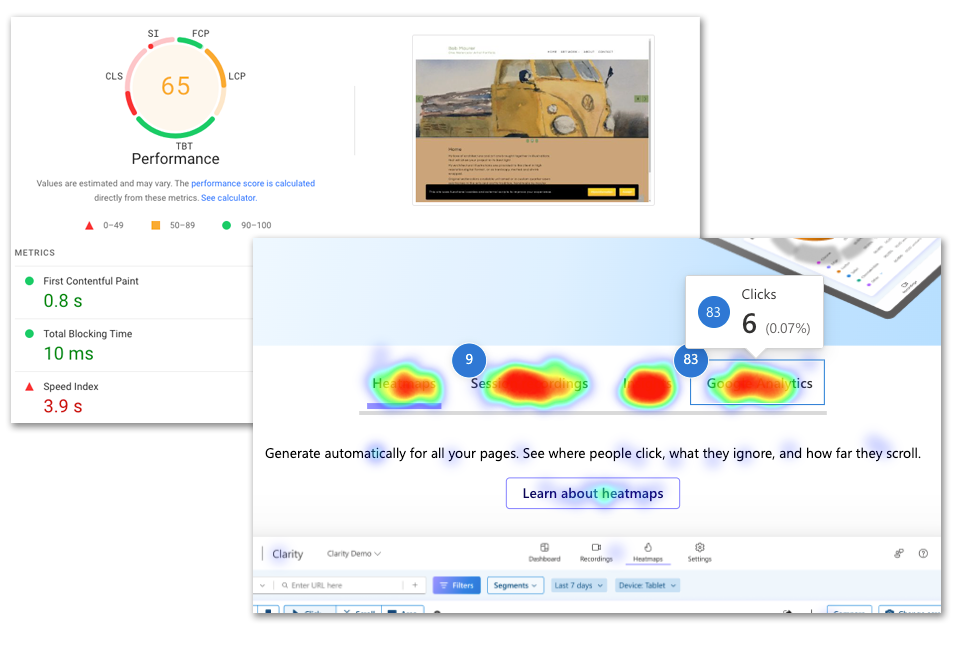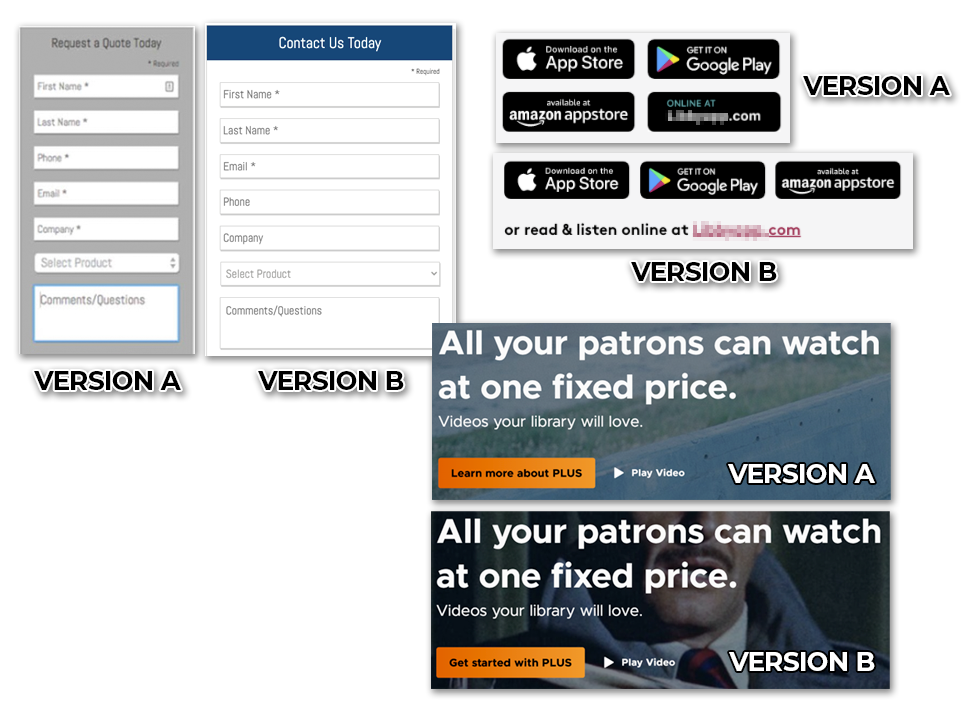Conversion Rate Optimization (CRO) is about getting more website visitors to take meaningful actions, such as making an online purchase, downloading a resource, or filling out a form.
Like UX, CRO aims to enhance the effectiveness of a website, landing page, form, content, and calls to action but does so through experimentation, iteration, and quantitative analysis.
When aligned with your business objectives, CRO can be a powerful tool. It can transform site visitors into valuable customers or leads, thereby contributing to your success.

- Identifying Opportunities: Based on data analysis, areas with the highest potential for improvement are identified.
- Conversion Funnel Audit: Analyze each step of the conversion funnel to identify where users are dropping off.
- Iterative Process: There is no one-time fix for CRO—ongoing experimentation and testing insights to fuel the subsequent iterations.
- Continuous Monitoring: Keeping a vigilant eye on how changes impact conversion rates and other vital metrics.
- Quantitative Data: Collect data from web analytics tools (e.g., Google Analytics) to understand user behavior, traffic sources, and conversion rates. Google Analytics installation services are available.
- Page Load Speed: Improving website performance to reduce load times can positively impact user experience and conversion rates.
- Heatmaps and Click Maps: Visualizing where users click, scroll, and spend the most time on a page to identify popular and ignored elements.


- A/B Testing: This method involves testing one element on a page against another version to measure improvement.
- Split URL Testing: Testing different versions of a page hosted on separate URLs to see which performs better.
- Personalization: Delivering personalized content and offers based on user segments, behavior, location, and demographics.
I’m just an email away…
Ready to get started or have questions?

